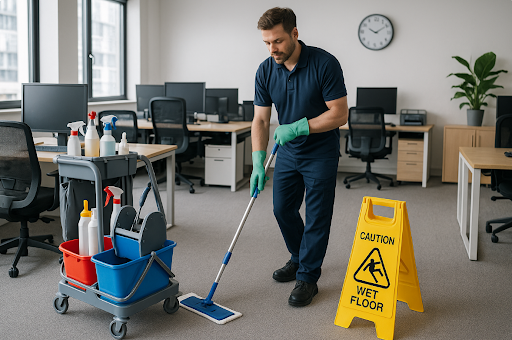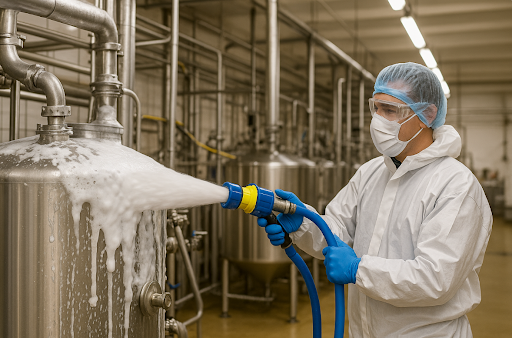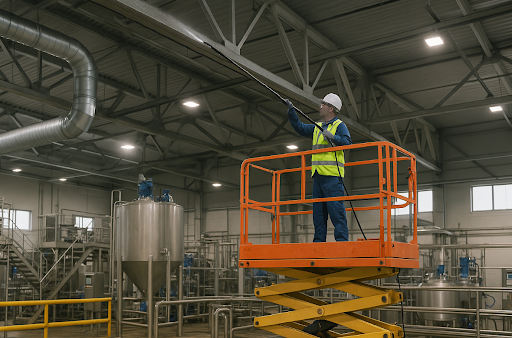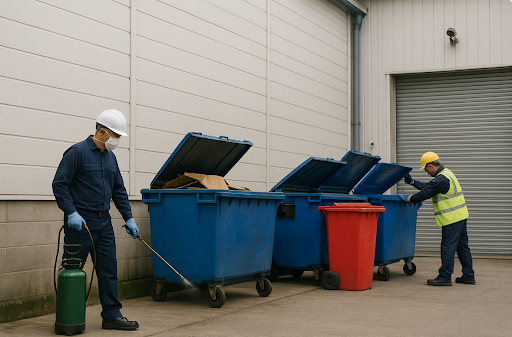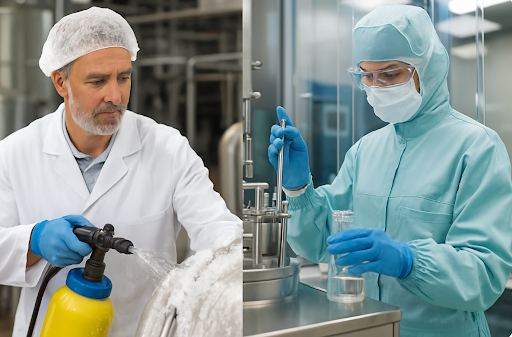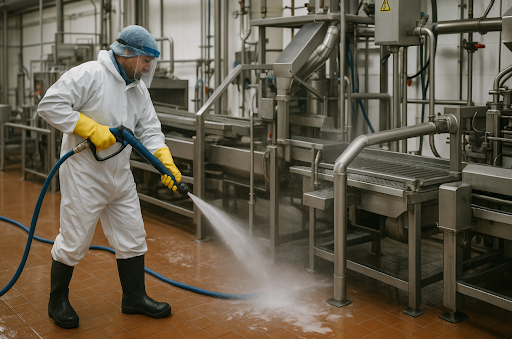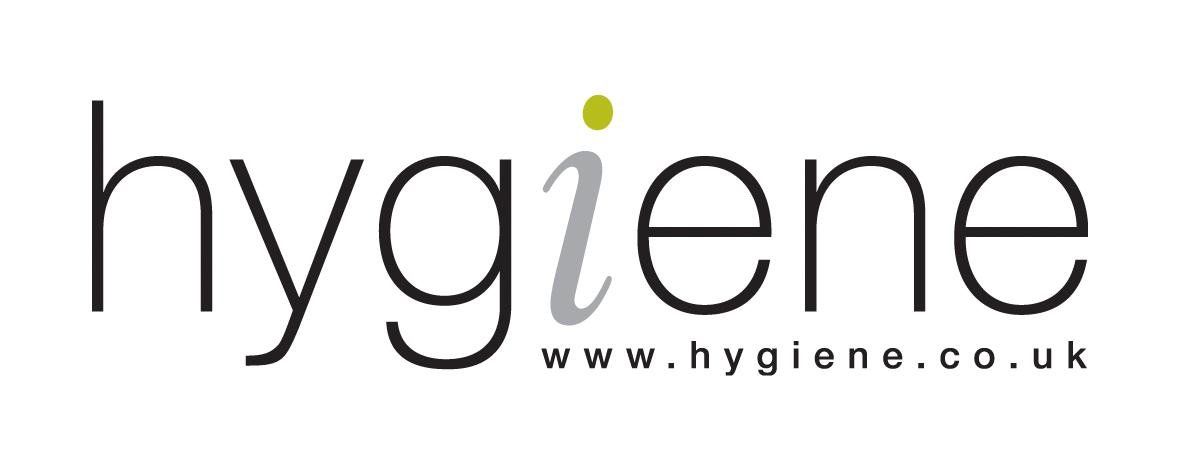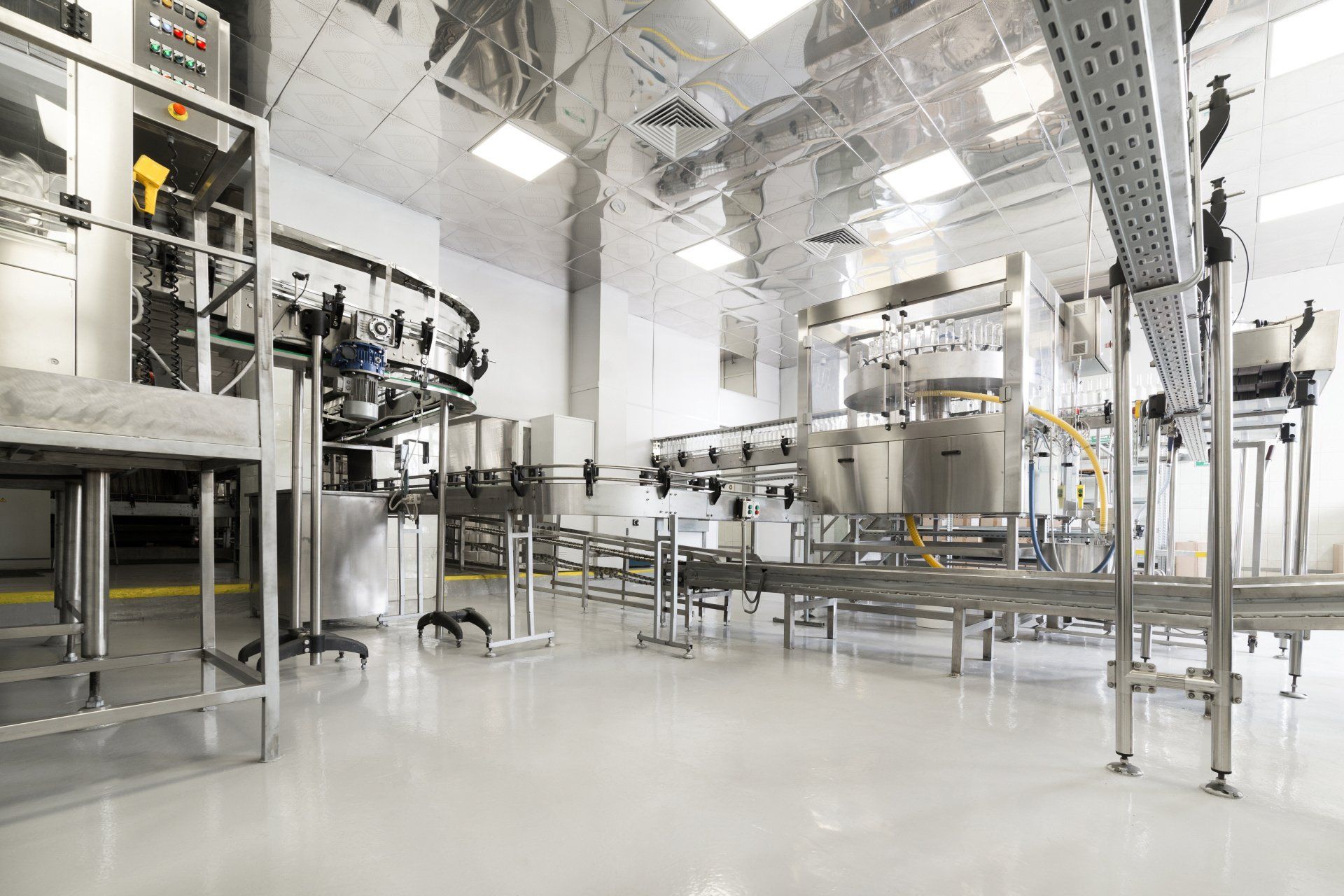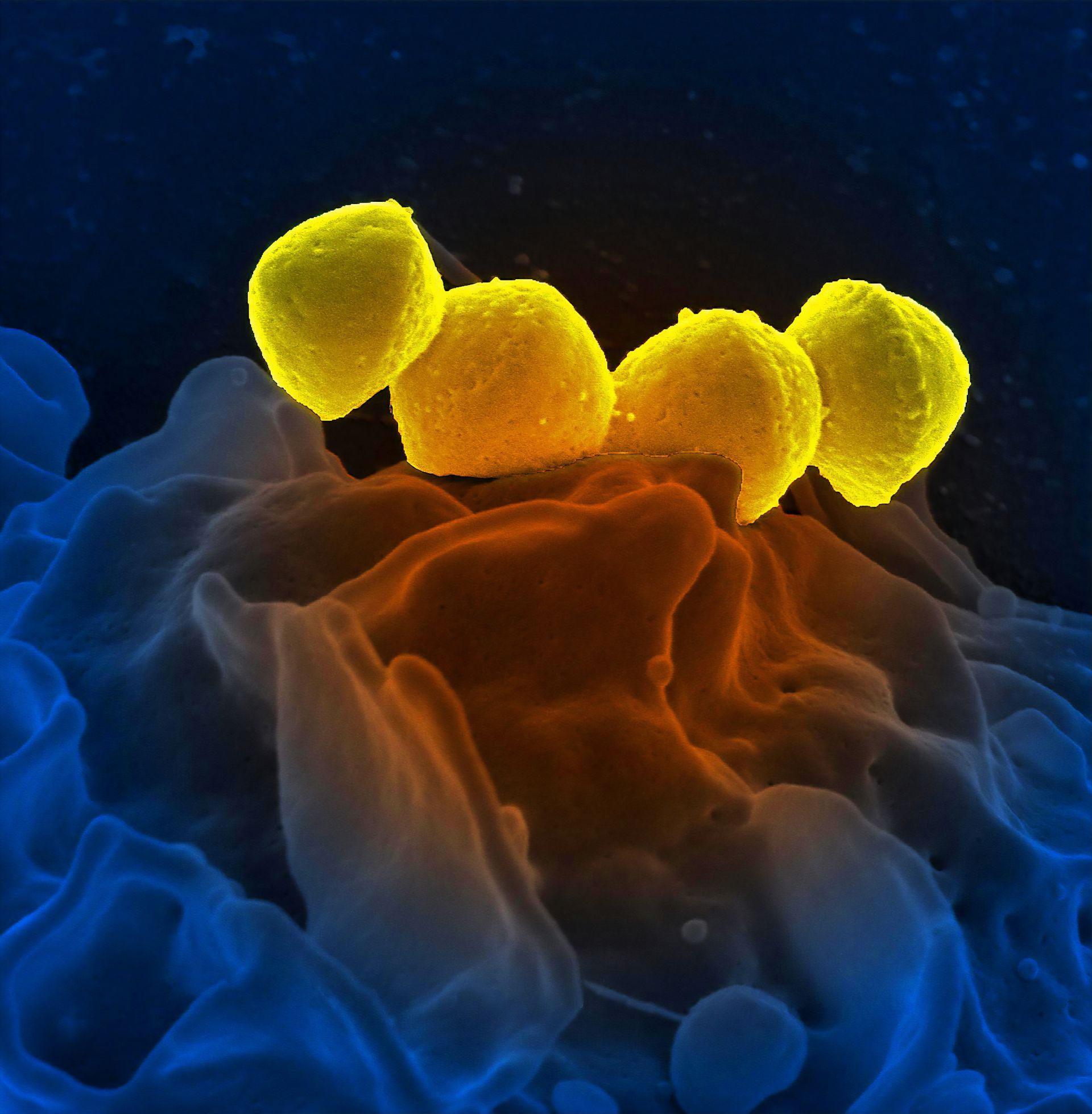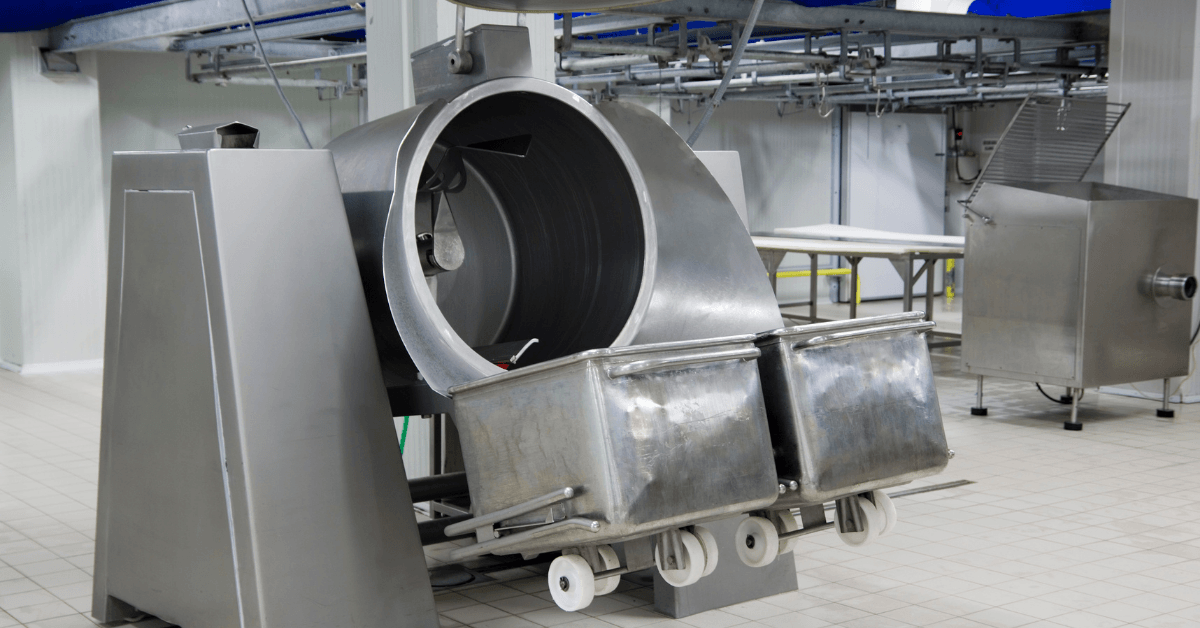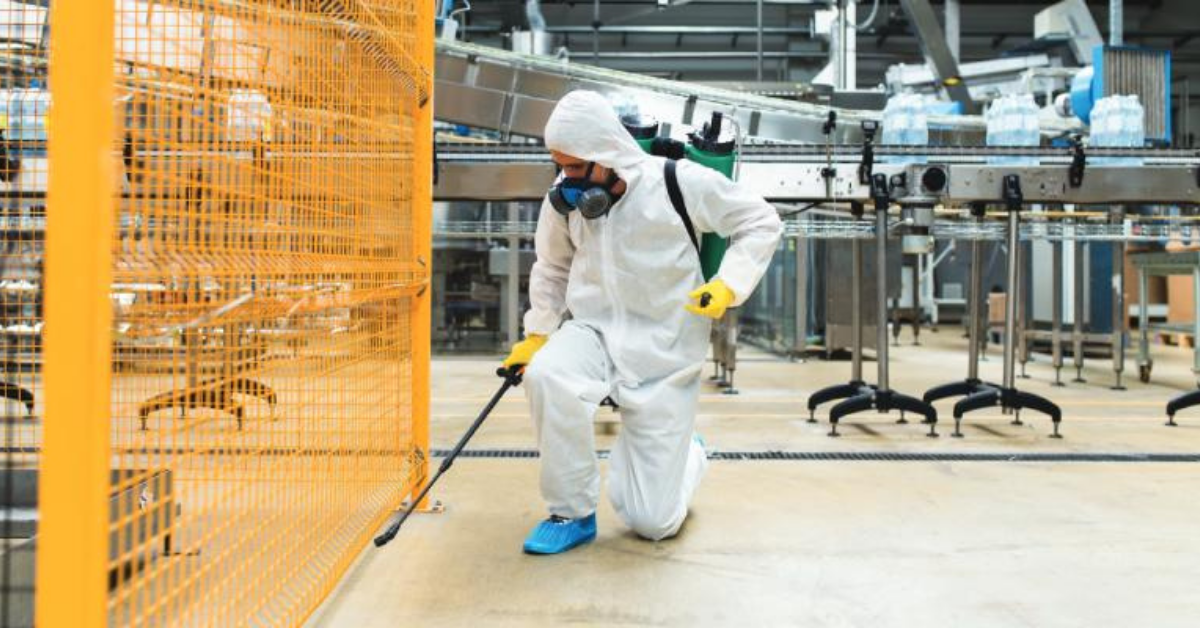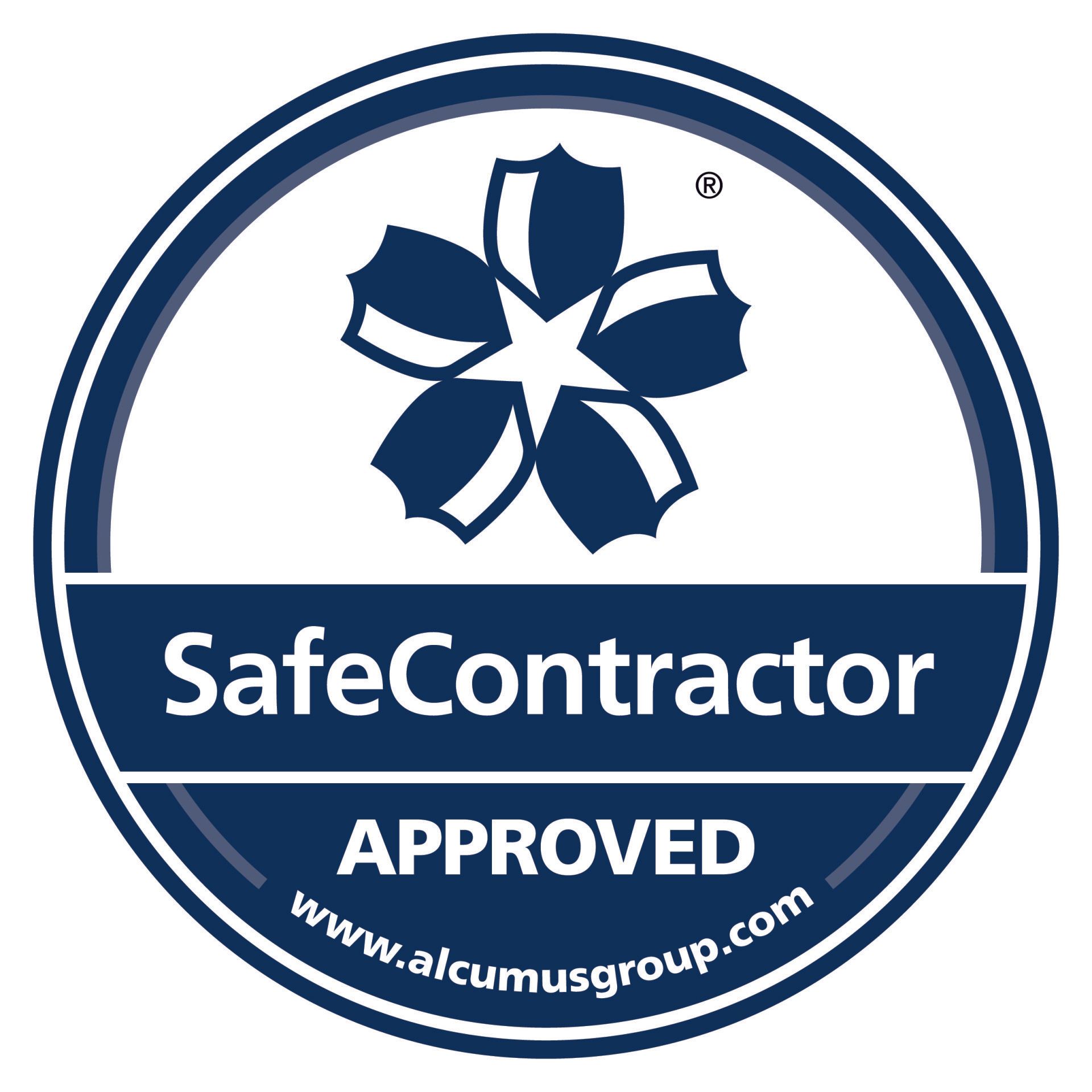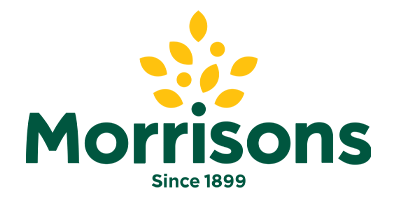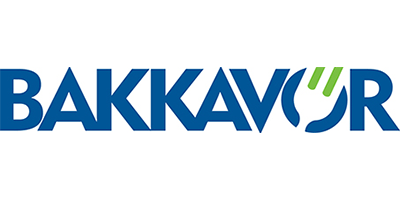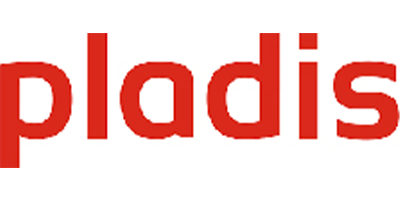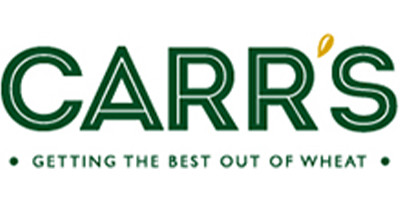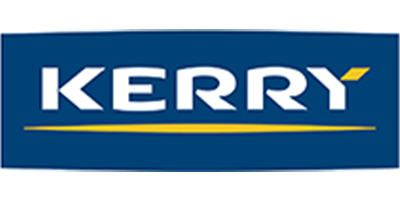Integrated Facilities Management: The Key to Effective Commercial Cleaning
If you run multiple sites, you’ve probably felt the drag of juggling separate cleaning, maintenance, and support services contracts. Different rotas. Different standards. Different risk assessments. The result? Gaps, duplication, and a higher cost than you’d like. Integrated facilities management (IFM) brings these strands under one accountable partner so your teams see a consistent standard on the ground and a cleaner audit trail in the boardroom.
Early in any IFM conversation, two levers matter most: coordination and control. Coordination means fewer hand-offs and a single plan for the site—shift patterns, production windows, and seasonal demands all aligned. Control means one set of KPIs, one safety system, one reporting method; if performance drifts, you address it once, not five times. Hygiene Group’s model is built for that reality: a national, multi-site operation with all services delivered in-house and managed through a single point of contact to minimise duplication and cost.
High up your priority list will be core hygiene delivery. Explore the scope of commercial cleaning services, UK—from cleanrooms and high-level structures to tank/silo work, cryogenic cleaning, floor maintenance, plant & equipment hygiene, disinfection, and office/workspace care—then map what you need site by site. Those specialist tasks, when scheduled alongside facilities management services, UK, create one joined-up plan for facility maintenance & cleaning rather than a patchwork of visits.
Why combine FM and cleaning?
1) Lower total cost of ownership
Combining FM and cleaning services removes overlaps (e.g. separate call-outs for the same asset), streamlines supervision, and consolidates consumables and site inductions. Hygiene Group explicitly positions single-provider delivery as more cost-effective than multiple suppliers, with direct control over people, standards, and outcomes.
2) One safety system, one compliance picture
With one provider, your risk assessments, permits, and method statements align across commercial & industrial cleaning and wider maintenance tasks. That reduces contractor congestion and makes it simpler to evidence compliance at audit. Hygiene Group leverages a standards-led approach, with documented procedures and recognised accreditations (ISO 9001, ISO 14001, SafeContractor, Investors in People).
3) Better coordination around production
In food, pharma, logistics, or manufacturing, downtime is precious. When contract commercial cleaning schedules are owned by the same team that manages minor repairs, high-level works, and washroom maintenance, you can stage tasks in a single window—less disruption, faster resets, better productivity. Hygiene Group’s services precisely coordinate these tasks: high-level cleaning, floor systems using FaST technology, plant & equipment cleaning, and disinfection delivered by trained, directly employed teams.
4) Consistent standards across regions
Multi-site estates need the same look, feel, and hygiene outcomes from Aberdeen to Andover. Centralised IFM gives you one SLA, one set of KPIs, and a uniform training and auditing regime. Hygiene Group’s multi-site emphasis and in-house model are designed to raise standards, deliver ongoing efficiencies, and align with client objectives—helpful when answering to retailers, regulators, or head office.
What integrated delivery looks like day to day
- Single mobilisation plan: Asset surveys, risk assessments, and cleaning frequencies are agreed upon once and then applied consistently. (Think: allergens management in production, cleanroom protocols, and window/Reach & Wash on the same schedule.)
- One help desk and one set of KPIs: You see dashboarded performance—reactive tickets, periodic deep cleans, and minor fabric fixes—against a unified SLA rather than multiple spreadsheets.
- Direct labour, direct accountability: Hygiene Group directly employs its people, giving tighter control over standards, supervision, and culture on-site.
- Cross-skilled teams: From cleanrooms and high-level cleaning to tank/silo and cryogenic cleaning, the same provider sequences specialist tasks so you don’t pay twice for isolations or access.
- Integrated washroom and workspace care: Office/amenity cleanliness, consumables, and disinfection services sit alongside production hygiene for a complete environment.
Where the value shows up on your P&L
- Fewer call-outs: If a floor surface needs repair and a hygiene issue, you can address both in one visit.
- Smarter procurement: Consolidated materials and janitorial supplies, fewer purchase orders, clearer pricing.
- Less downtime: Coordinated shut-downs and facility maintenance & cleaning windows reduce changeover drag.
- Better audits: One set of records, one escalation route, one standard—easier to present to customers and regulators. All of this depends on a provider with real breadth. Hygiene Group’s cleaning services span mobile cleaning, cleanroom services, floor maintenance using FaST technology, plant and equipment cleaning, disinfection, workspace cleaning, and more—practical evidence that the scope to integrate is there.
Building your integrated model: a simple roadmap
- Map the estate: List each site’s risk profile: production vs. office, high-level structures, confined spaces (tanks/silos), traffic routes, washrooms, and cleanrooms. Use this to define base frequencies and trigger points for reactive work.
- Bundle services with clear ownership: Combine cleaning services for businesses with minor fabric maintenance, pest control, waste management, and janitorial supplies under a single operations lead. (Hygiene Group provides these adjacent services as part of an integrated offer.)
- Set a unified SLA: Tie disinfection response times, production area standards, allergen controls, and amenity checks to one KPI set and one governance cadence.
- Schedule around production: Align managed facility services in the UK with shift patterns and planned shutdowns to avoid fragmentation.
- Audit and improve: Review results quarterly—downtime saved, non-conformances closed, accidents prevented—and tighten the playbook.
Why Hygiene Group?
- Experience where it counts: Operating since 1983 with 35+ years across food, pharmaceutical, manufacturing, distribution & logistics, and commercial environments.
- Breadth and depth: A commercial cleaning provider in the UK with extensive capabilities (cleanrooms to cryogenic cleaning) to full integrated facilities management for multi-site clients—all delivered by directly employed teams.
- Proven standards: ISO 9001, ISO 14001, SafeContractor, Investors in People—clear signals that quality, environment, and people management are embedded.
If you’re considering moving from fragmented supplier lists to a single accountable partner, start by scoping your top five time-sinks and asking how IFM would remove them. Hygiene Group can design a joined-up plan that meets your operational rhythm, gives you one view of performance, and drives consistent standards across your estate.
- Explore our facilities management services, UK page to see how integrated delivery works in practice.
- Review the full scope of commercial cleaning services in the UK for production, logistics, and office environments.
Looking for a trusted industrial cleaning company for multi-site support? Speak to our team about an integrated plan that fits your operations.
